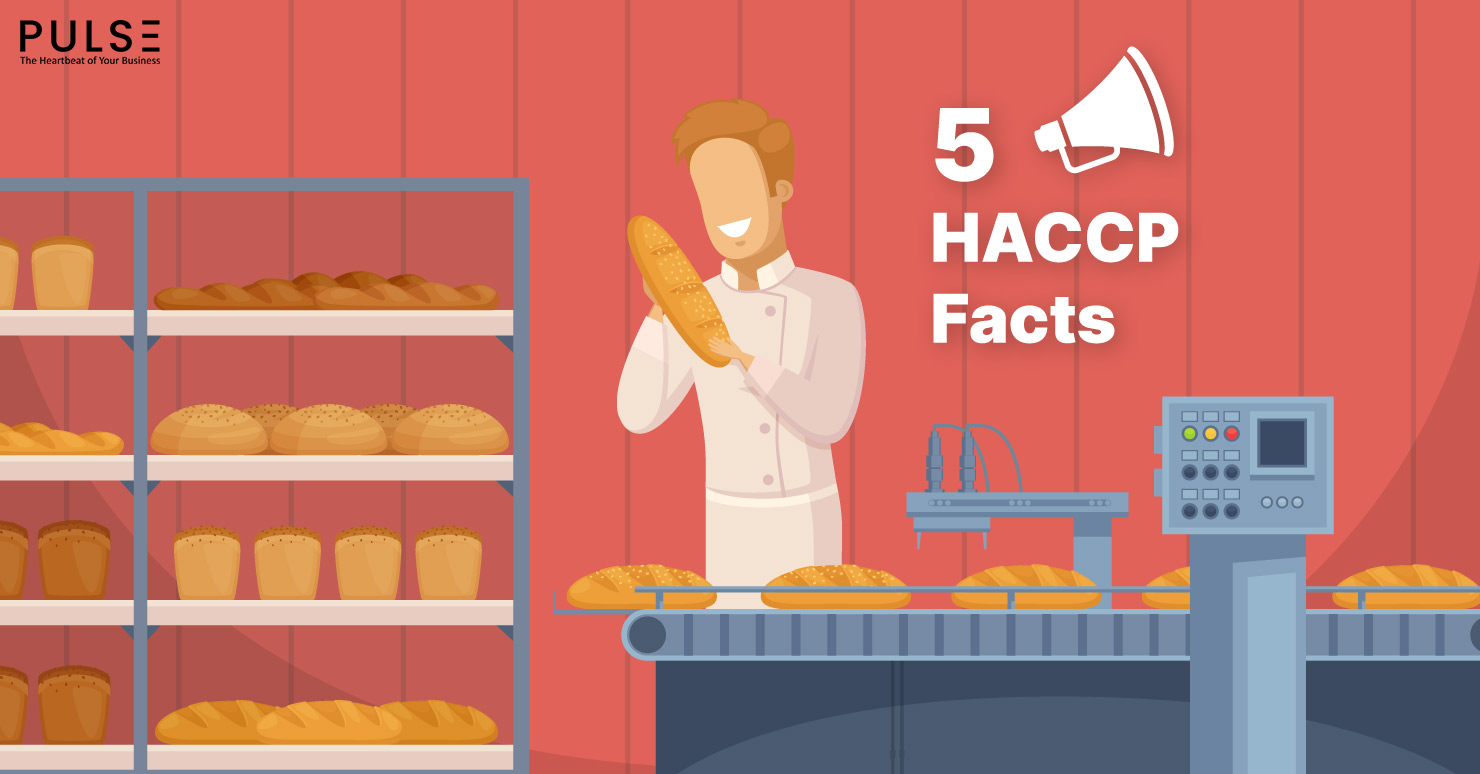Food safety training is unputdownable in the food business. Quality of the safety protocols followed during food production guarantees healthy end-products and customer satisfaction. You probably know the HACCP protocols if you own a large-scale food business or work the same. However, in this article, we will see some interesting facts that many people—even those aware of HACCP—might not know. But before we get into those facts, let us get an idea of what HACCP is all about.
What is HACCP Food Safety?
HACCP stands for Hazard Analysis and Critical Control Points. It is a set of guidelines that guarantee ready-to-eat food is safe to eat. Or, to put it another way: HACCP aims to provide checks and standards that decrease risks in the end food products to the greatest extent possible.
The protocol aims to reduce potential chemical, physical, and biological hazards that could seep into food products at varying stages of manufacturing and retailing.
HACCP originally consisted of 3 principles, but it now comprises seven standards to ensure that all ready-to-serve food is safe for human consumption.
Some Interesting Facts About HACCP Food Safety
Now that we know what HACCP is, let’s check out some interesting facts about it that you probably didn’t know:
1. HACCP was devised by NASA and has been around for a long time
HACCP as a concept was first developed by the space agency NASA in the 1960s to manufacture safe food for space flights. But eventually, it transformed into an international standard for food safety.
Major global organizations such as the World Health Organization (WHO) and Food and Agricultural Organization (FAO) now recognize the protocol and suggest its adoption.
It is also endorsed by the National Advisory Committee on Microbiological Criteria for Food (NACMCF) in the US.
2. Some hazards may not qualify as CCP
The second step in the HACCP food safety plan involves identifying critical control points or CCPs.
This step is preceded by identifying potential hazards. But it is interesting to note that not all hazards qualify as CCPs.
For instance, those hazards that have already been controlled, managed, or eliminated can be overlooked. Conversely, there are also instances where a potential hazard is already within the critical limits and is not put under CCP.
3. One person cannot carry out HACCP food safety
In HACCP, the first three steps involve identifying the hazards, establishing the critical control points, and setting critical limits.
Once they are finished, the next couple of steps involve monitoring the identified CCPs and taking corrective actions.
Now, these steps must be carried out at different stages in the food processing and supply chain. This is because not all CCPs are present at the same stage. Thus, delegating these tasks to various persons at different stages becomes necessary.
Moreover, supervisors and managers must also oversee, monitor, and manage the entire process and collect and analyze the relevant data.
Hence, it becomes pretty clear that applying HACCP to any procedure requires more than just one person. A dedicated audit and inspection tool like Pulse can help manage the HACCP application to your business.
4. HACCP principles are also used in water management
It is interesting that A. H. Havellar first proposed using HACCP principles for water management in 1994.
Iceland reportedly became the first nation to implement it in practice. It did so in 1997 as a preventive approach for water safety management.
After the implementation, it was found that compliance with the drinking water quality standards substantially improved.
Moreover, a large percentage of the Icelandic population currently enjoys drinking water from waterworks with a water safety plan based on HACCP.
5. HACCP planning is not a one-time process
Your job doesn’t end once you have applied the HACCP Food Safety principles to your food business.
HACCP is not a one-time process. Like any other business, food processing and manufacturing procedures also change over time.
New and improved procedures are added, and obsolete ones are eliminated. Thus, with the change in the procedures, it becomes essential to review your HACCP plan and make the necessary changes.
The HACCP coordinators you have appointed to maintain and monitor the plan can look into this. They must review the plan and update it as per the appointed changes in the procedure. It is suggested to review your HACCP regularly, at least twice or thrice a year.
This systematic review ensures that the food manufactured and delivered by your business is safe and hygienic for people to consume. In addition, an up-to-date HACCP accreditation helps your customers maintain trust in your products or services.
So, these were the five interesting facts that you probably didn’t know about HACCP food safety. If you are looking to apply or maintain the HACCP plan for your business, then a 360-degree audit and inspection tool like Pulse can make your task and life a lot easier. It’s one of the fastest and easiest ways to execute tasks in real-time. Check out what it can do for your organization today. You can try it for free now.
